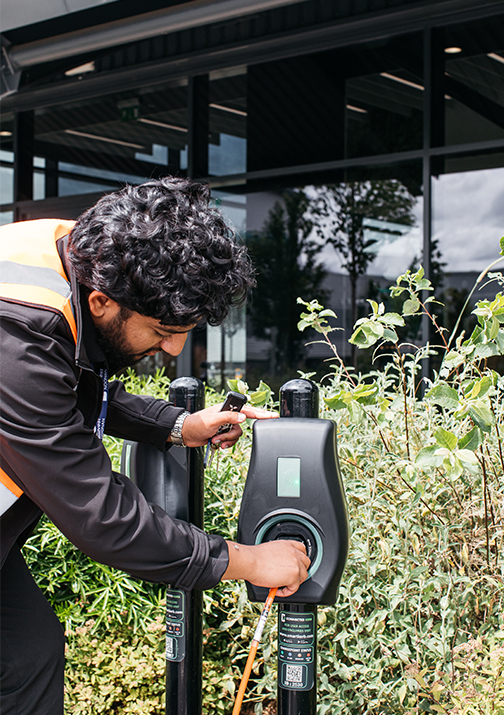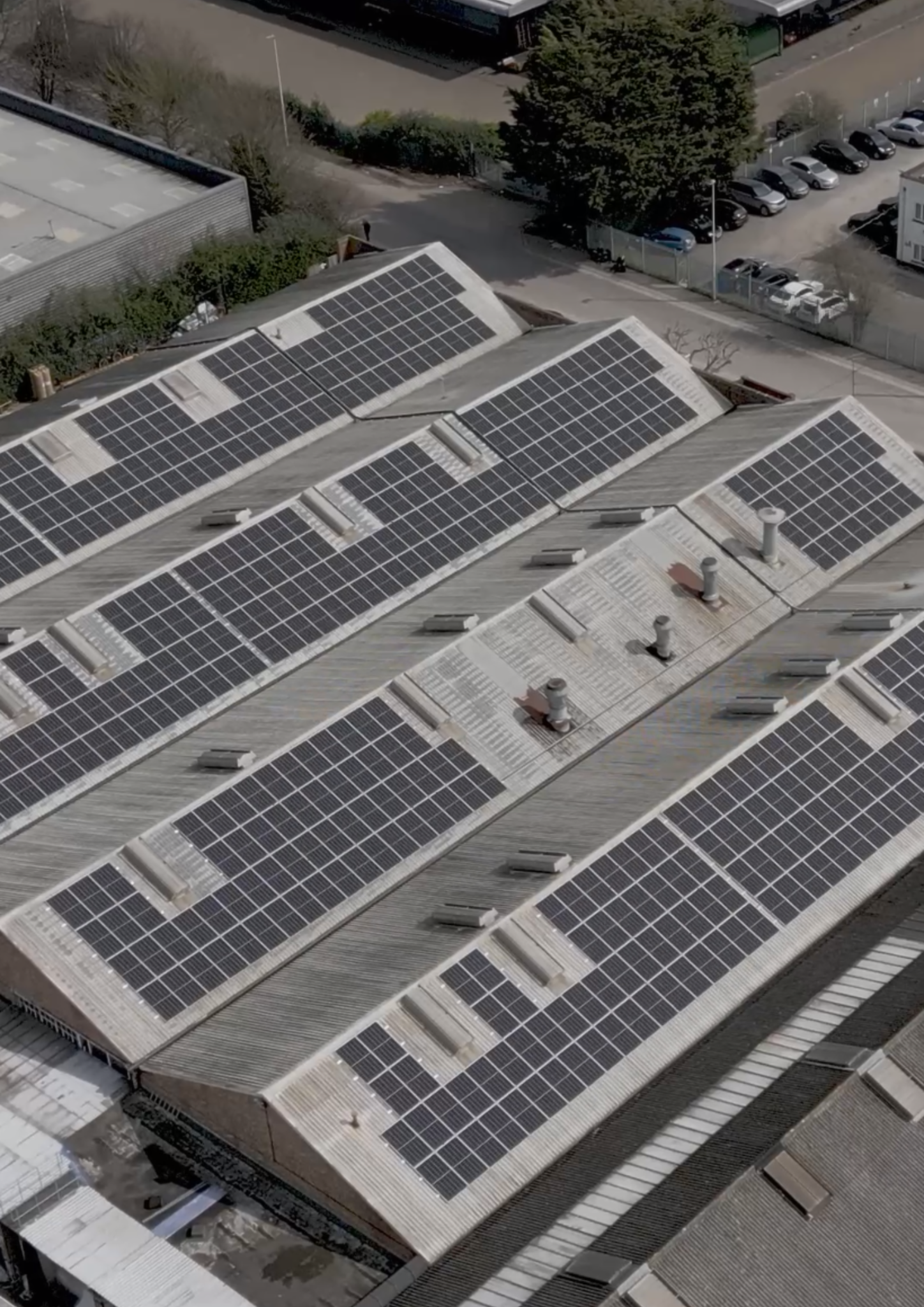In his latest documentary, ‘A Life on Our Planet,’ Sir David Attenborough called out humanity for its stubborn adherence to out the status quo in the face of an escalating climate crisis. “The living world is a unique and spectacular marvel, yet the way we humans live on earth is sending it into a decline. We are replacing the wild, with the tame. This film is my witness statement, and my vision for the future, the story of how we came to make this our greatest mistake and how if we act now, we can yet put it right.”
Perhaps no sector better exemplifies the need to change our relationship with the natural world than the built environment. By one estimation, we may have already gone beyond the point where concrete outweighs the carbon mass of every shrub, bush and tree on planet earth. Decarbonisation opportunities in the built environment are approximately equivalent to reduction opportunities in agriculture, industry, energy supply and forestry combined.
Despite this, today, less than 1% of buildings are net zero.
To accommodate a growing population and its associated demands, the global construction industry plans to add 2.48 trillion square feet (230 billion m2) of new floor area to the global building stock, effectively doubling global building stock by as early as 2060. This is the equivalent of adding an area the size of Paris to the planet’s building stock, every week.
New building stock must be designed to meet Net Zero Carbon standards
As The International Energy Agency announced last year: By combining energy efficiency with readily available clean energy solutions, we can reduce 87% of greenhouse gas emissions from buildings, by 2050. With building and construction accounting for just under 40% of global carbon emissions the sector is primed for transformation, and in that lies an extraordinary opportunity to build a better way of living for us and our future generations.
Globally, embodied carbon is responsible for 11% off annual greenhouse gas emissions and 28% of building sector emissions. As understanding in operational efficiencies increases, the influence of embodied carbon emissions over the next 40 years will become increasingly significant. We cannot meet the needs of our growing population, and the needs of our planet without also mitigating embodied carbon emissions.
Advancing Net Zero with Planet Mark
As UK Construction Week comes to an end, this feels like a baton-passing moment. Attenborough’s cinematic memoir lays out the state of play, but it is up to us to fix the problems before it is too late.
The next 10 years will play a pivotal role in determining whether we can prevent irreversible damage from climate change.
At Planet Mark, we believe that truly great buildings go beyond compliance; they make society better, add value to the local community and contribute to economic prosperity.
Our New Development Certification is a unique programme, which requires the measurement and reduction of a building’s whole-life carbon emissions, engagement of the supply chain and the inclusion of the local community. The programme then helps communicate your commitments to society and the environment.
By choosing The Planet Mark you can ensure your developments are not just fit for purpose throughout a rapidly changing time for climate and society, but leave behind a sustainable legacy of their own.
If you would like to find out more about our approach to sustainable development or our New Development Certification, please get in touch.











